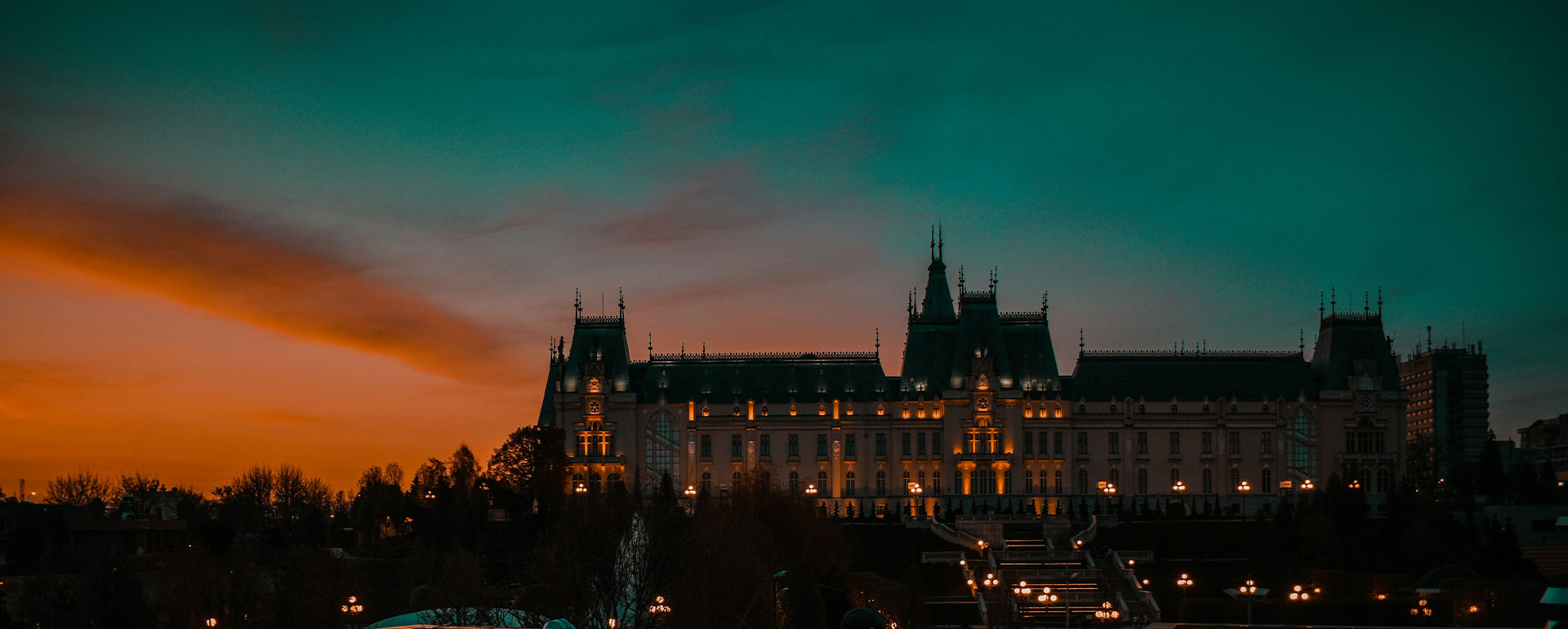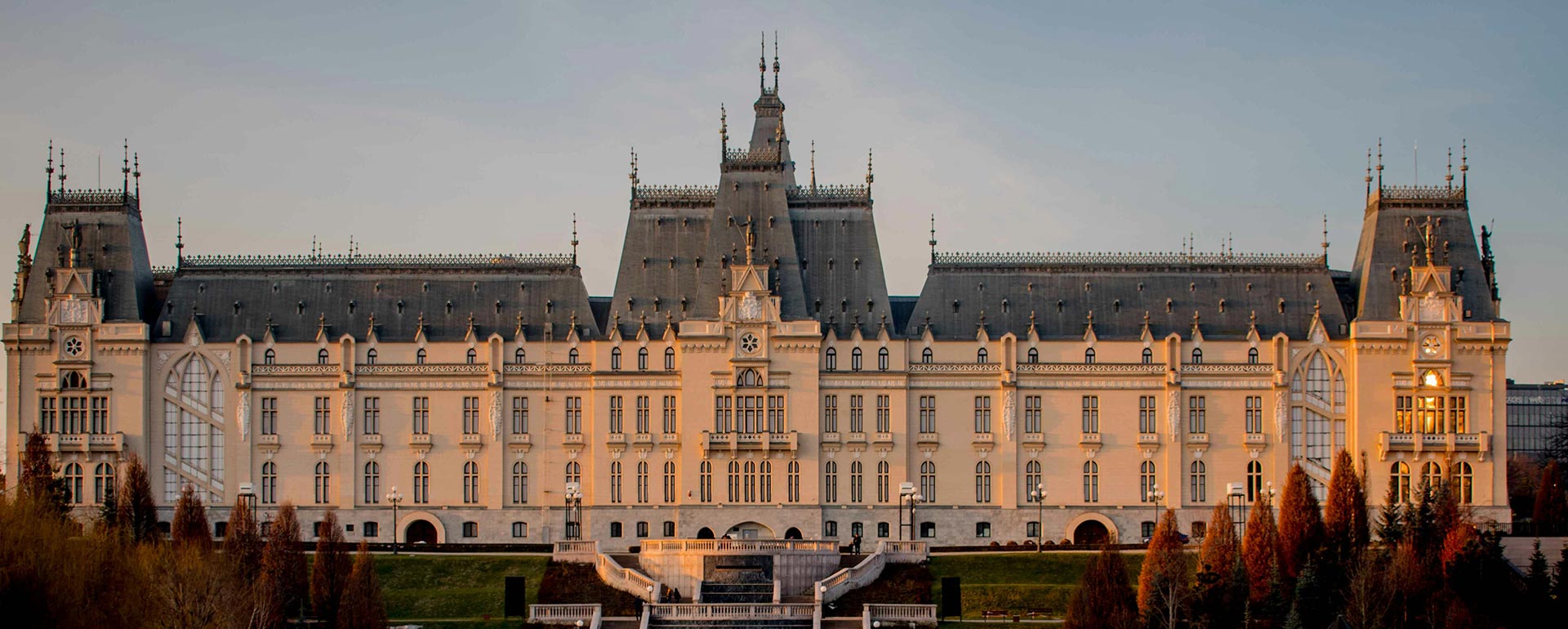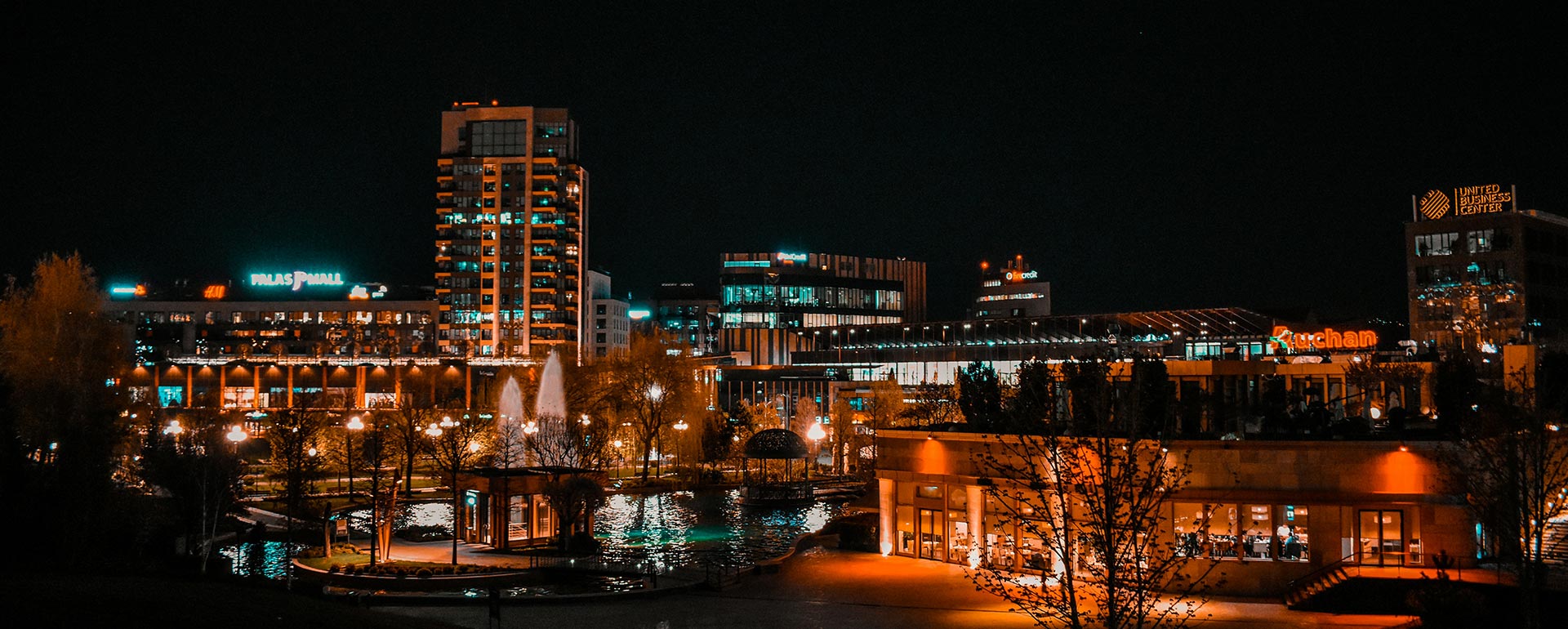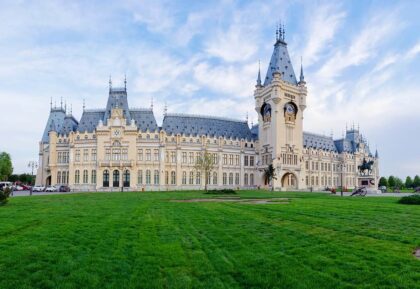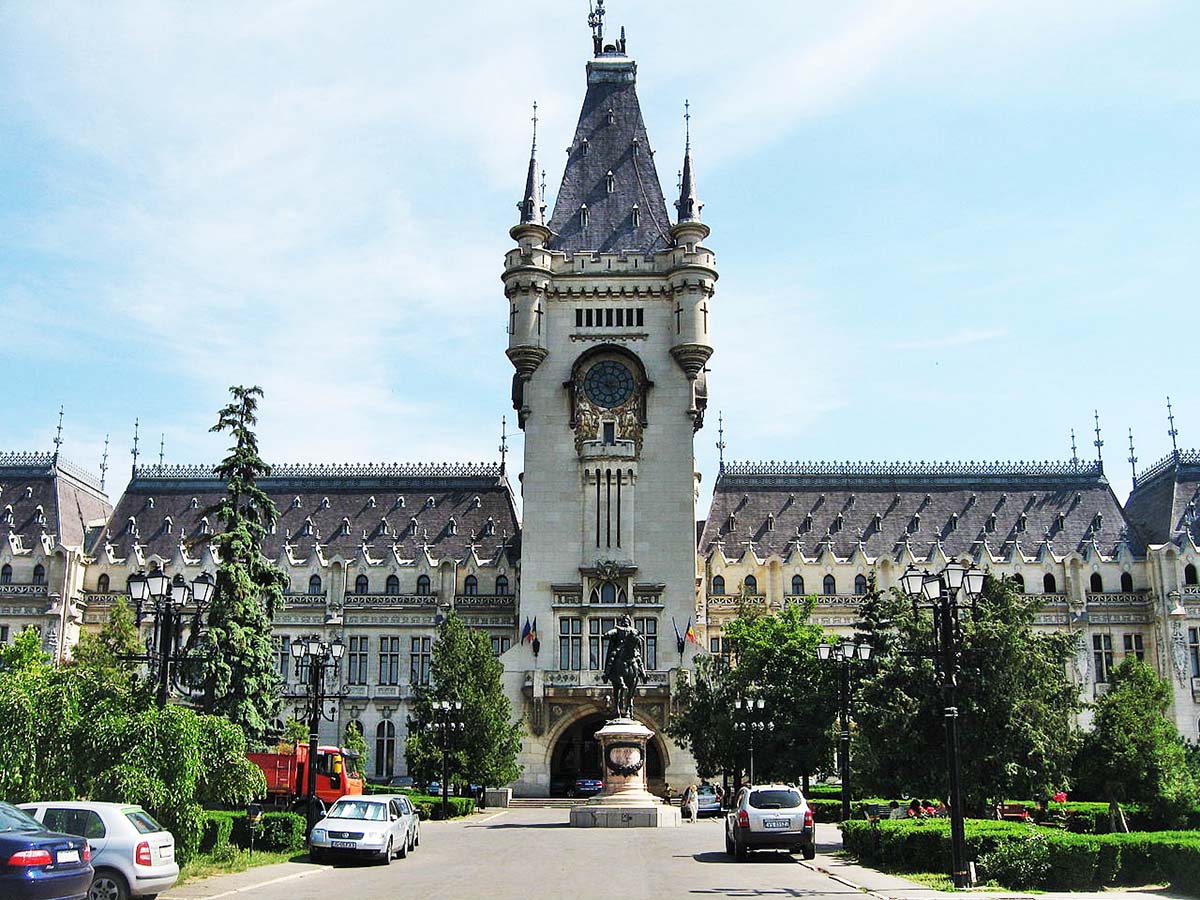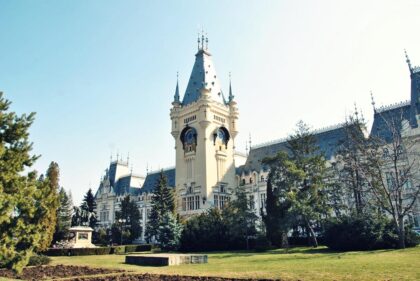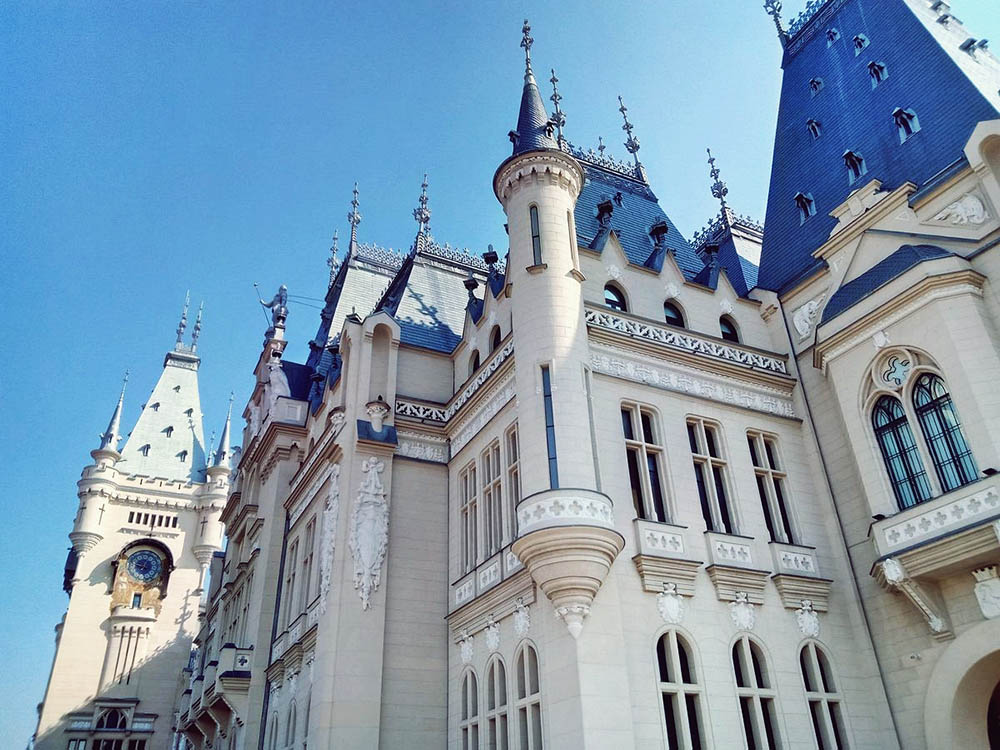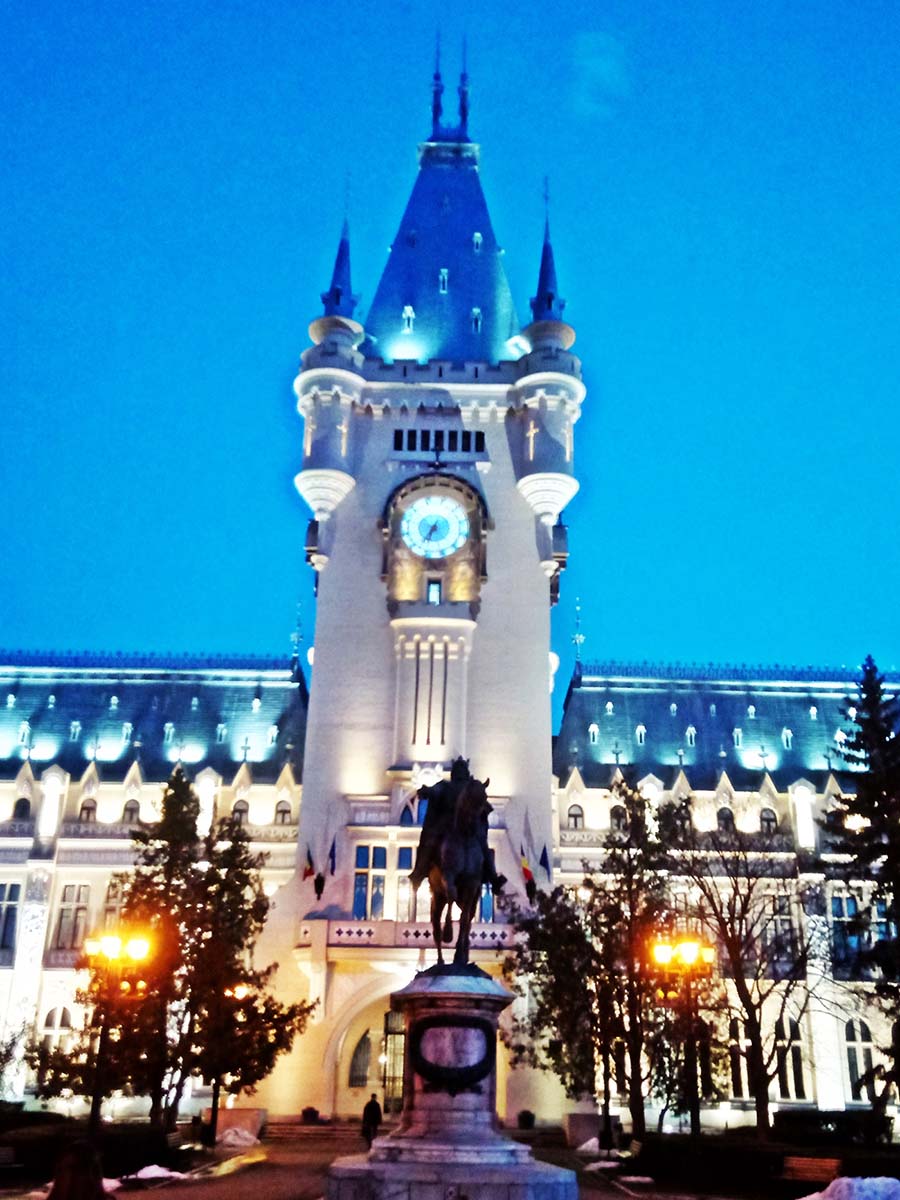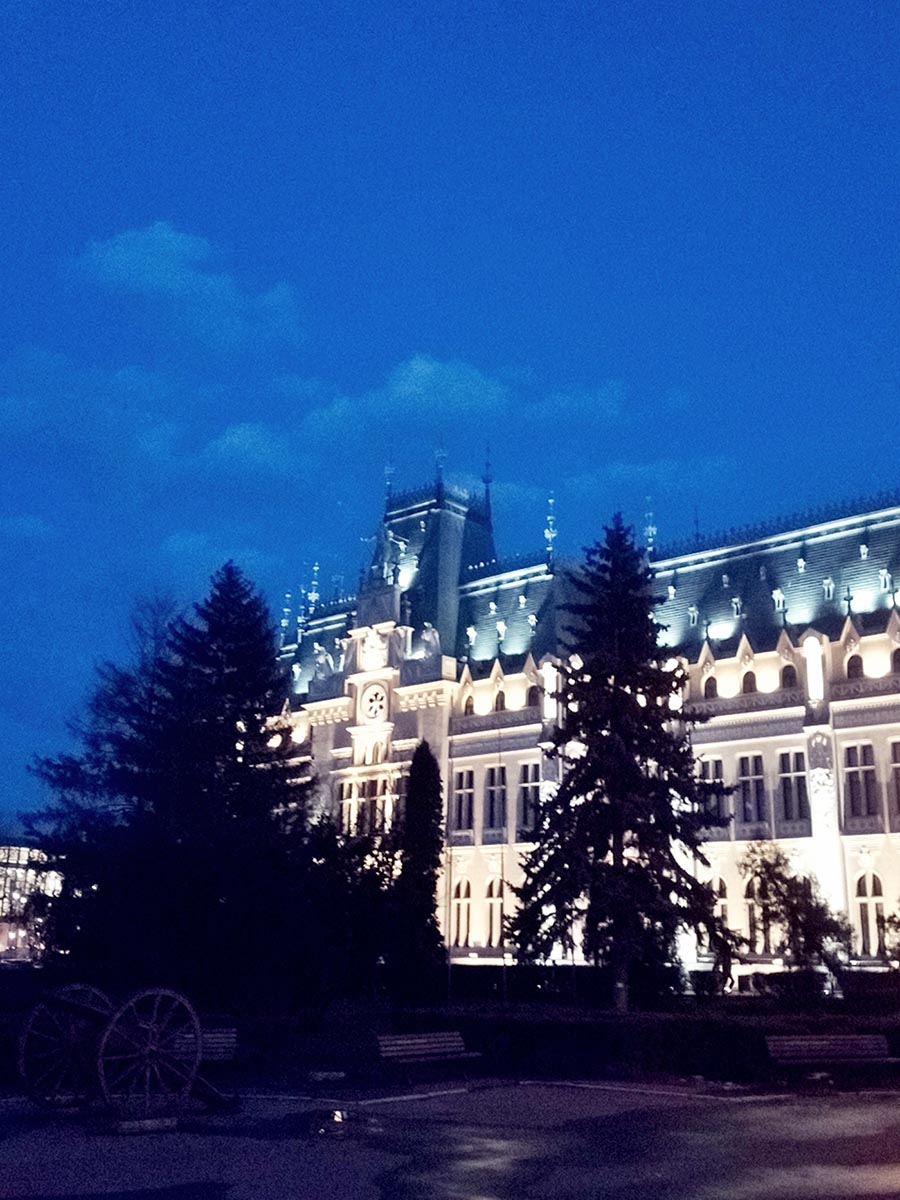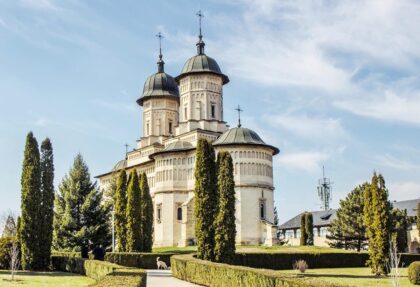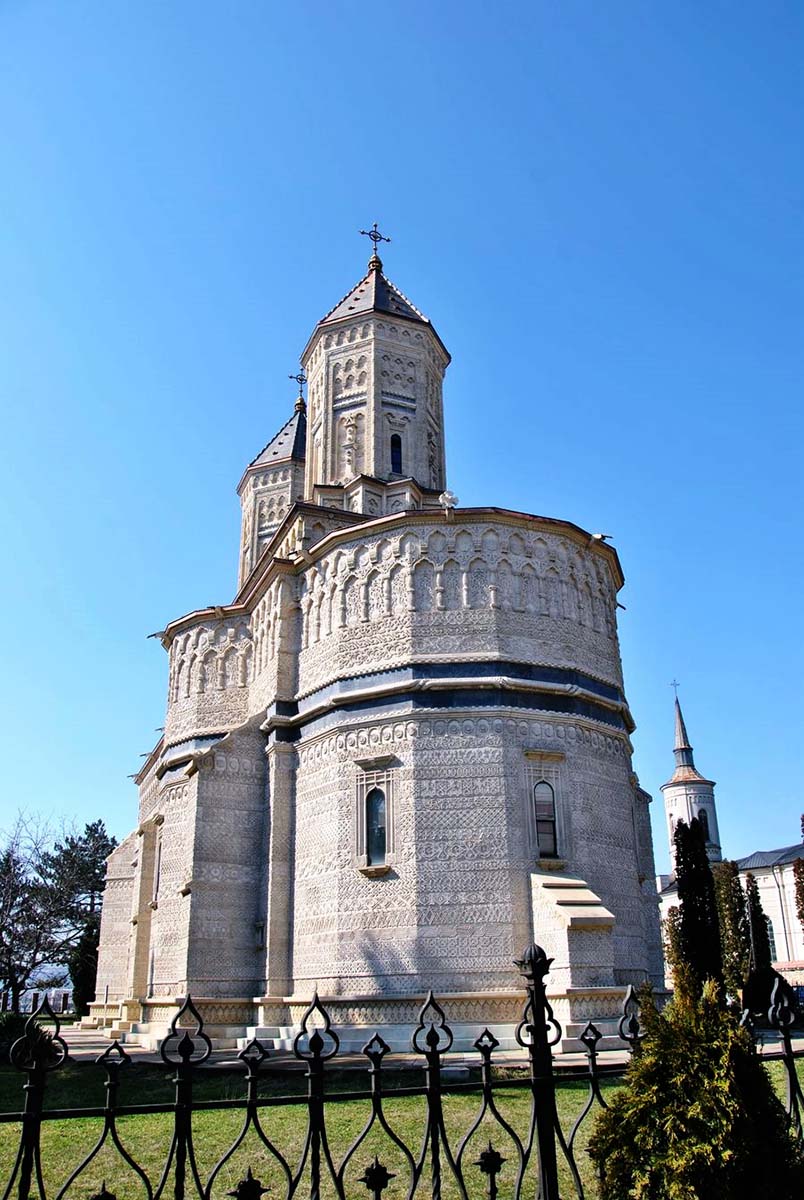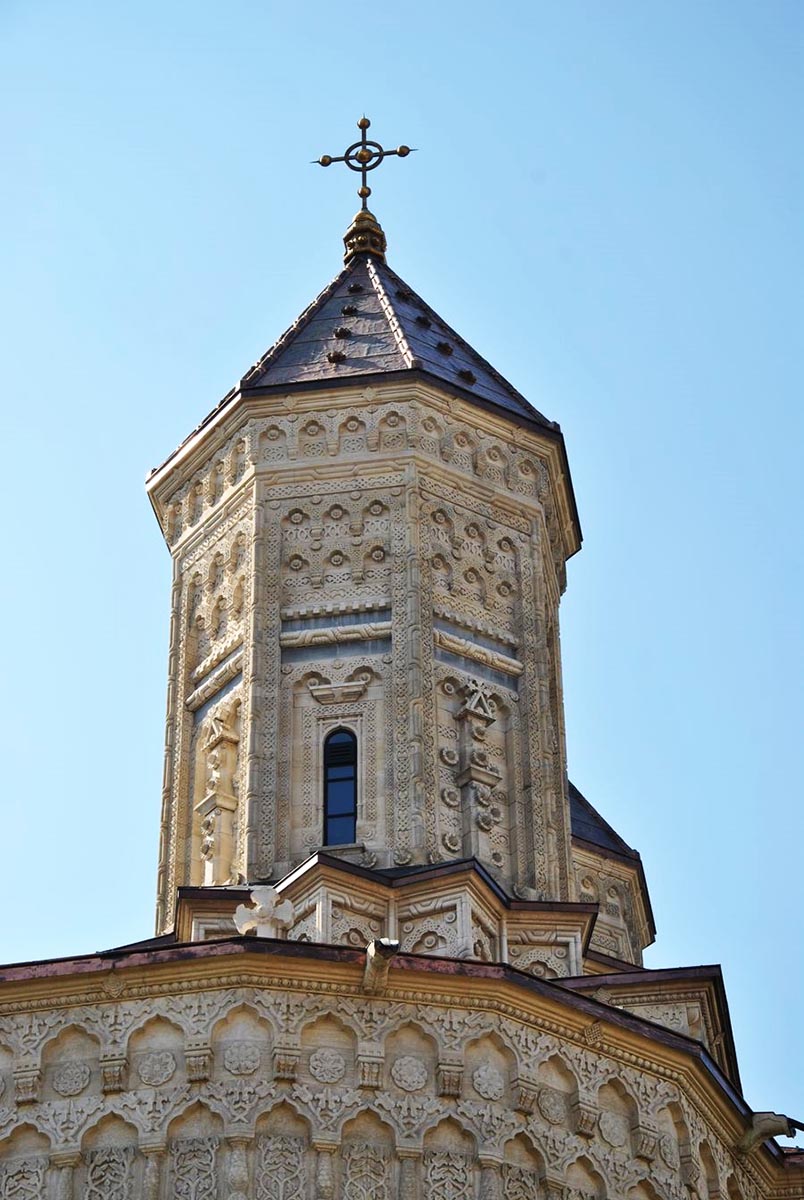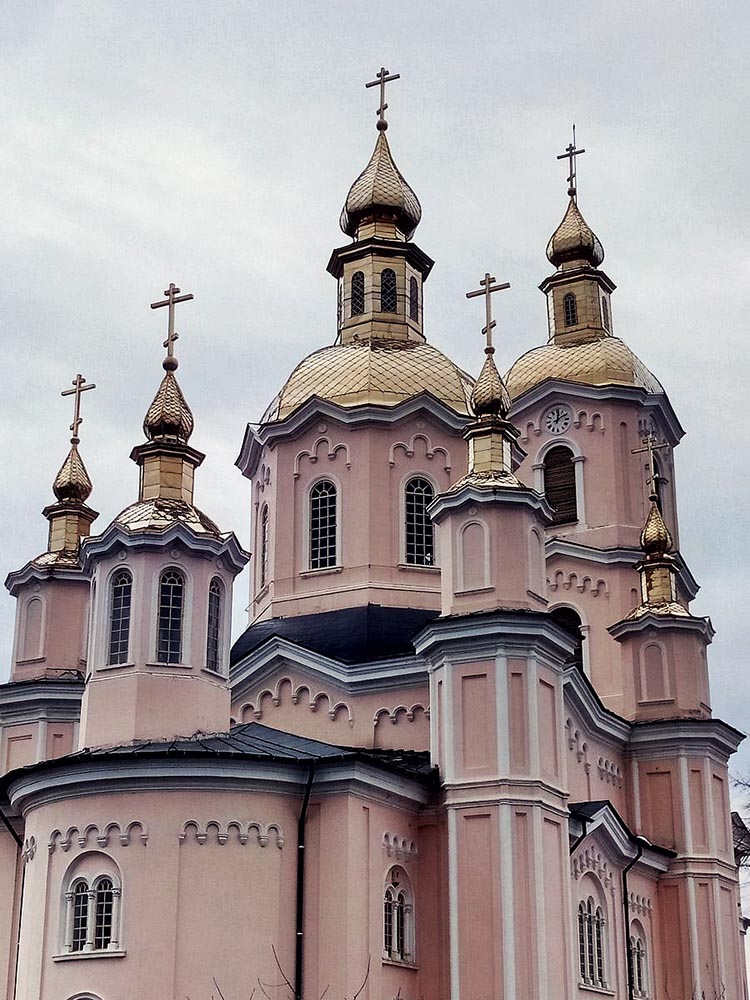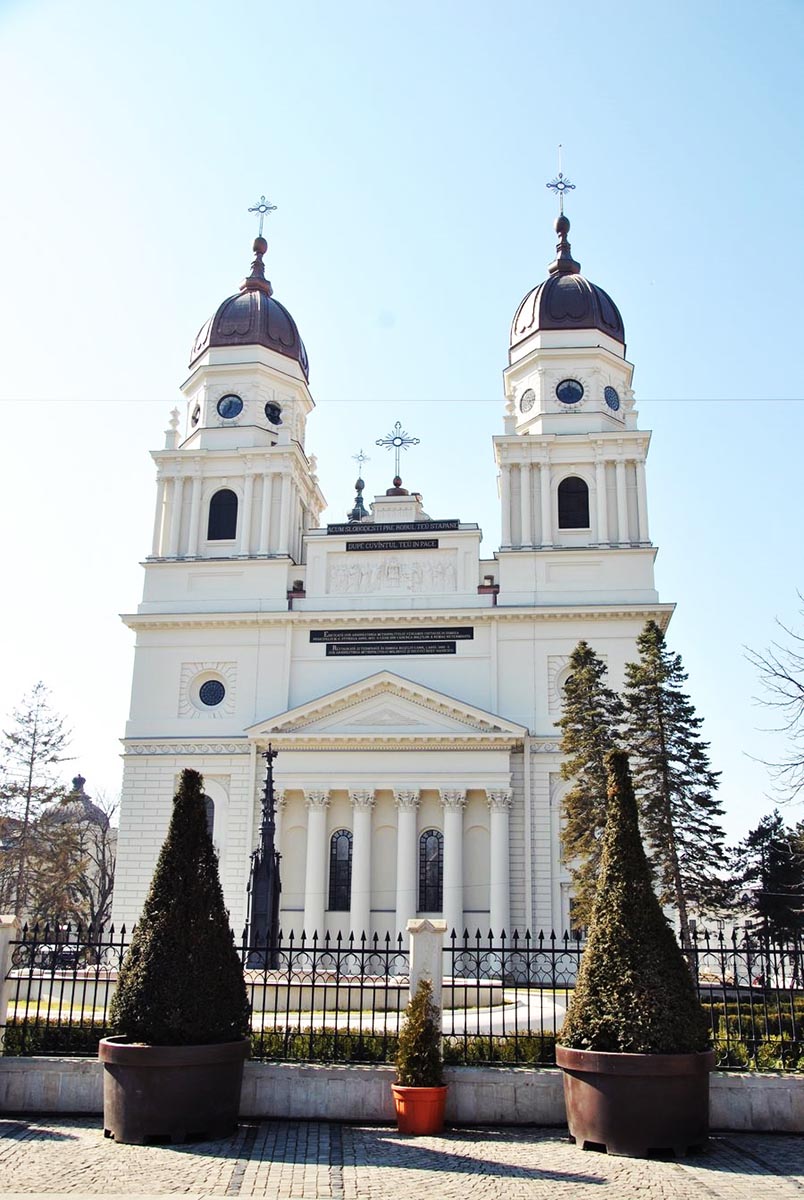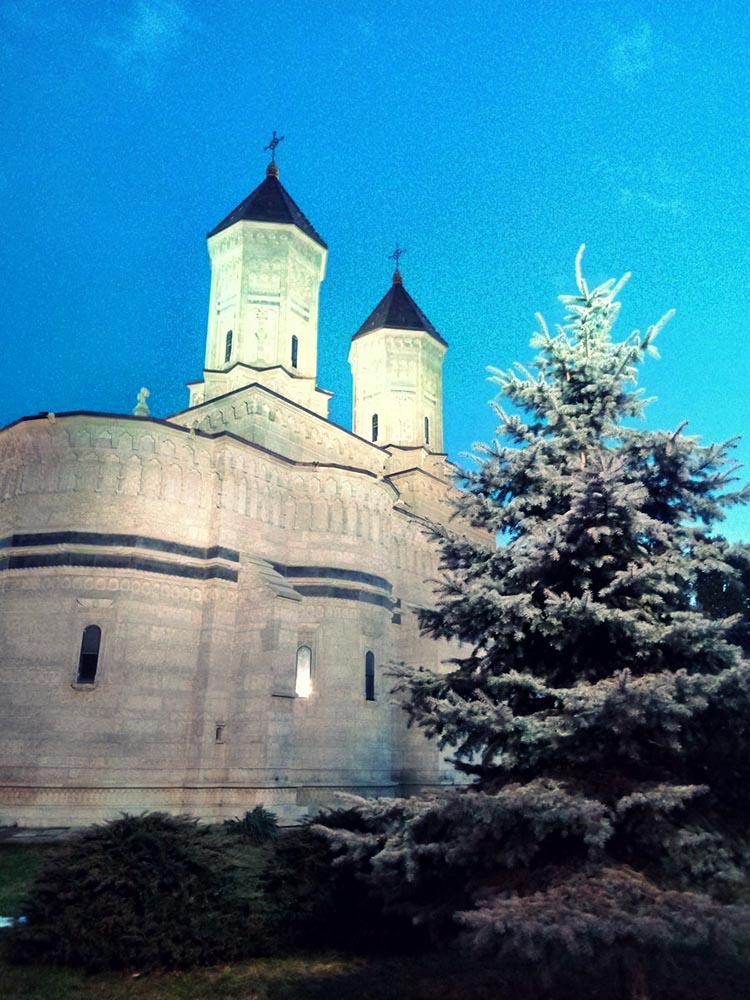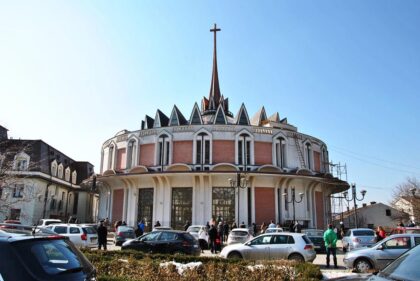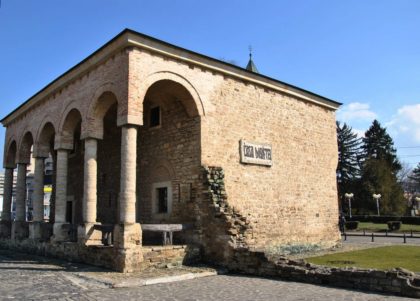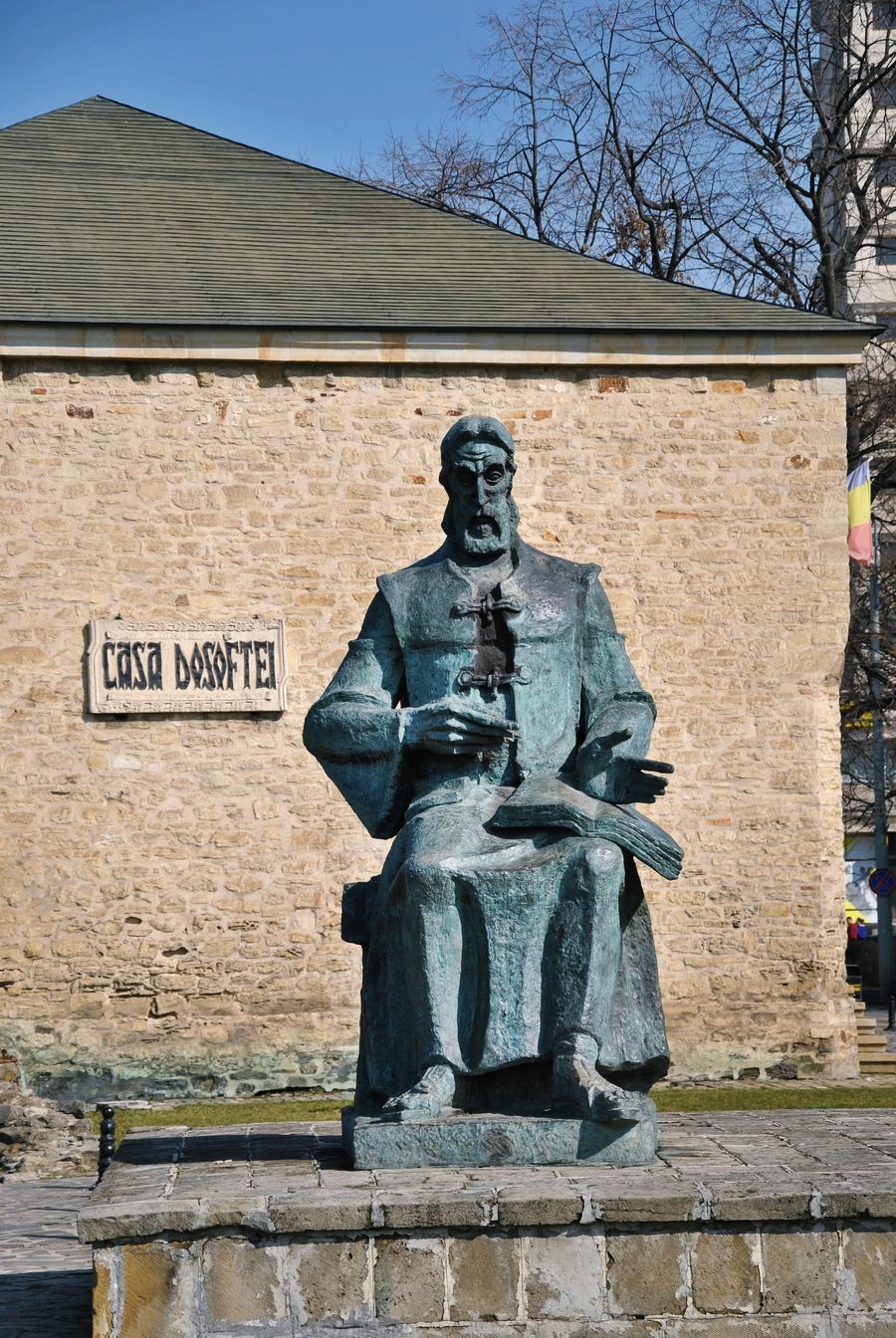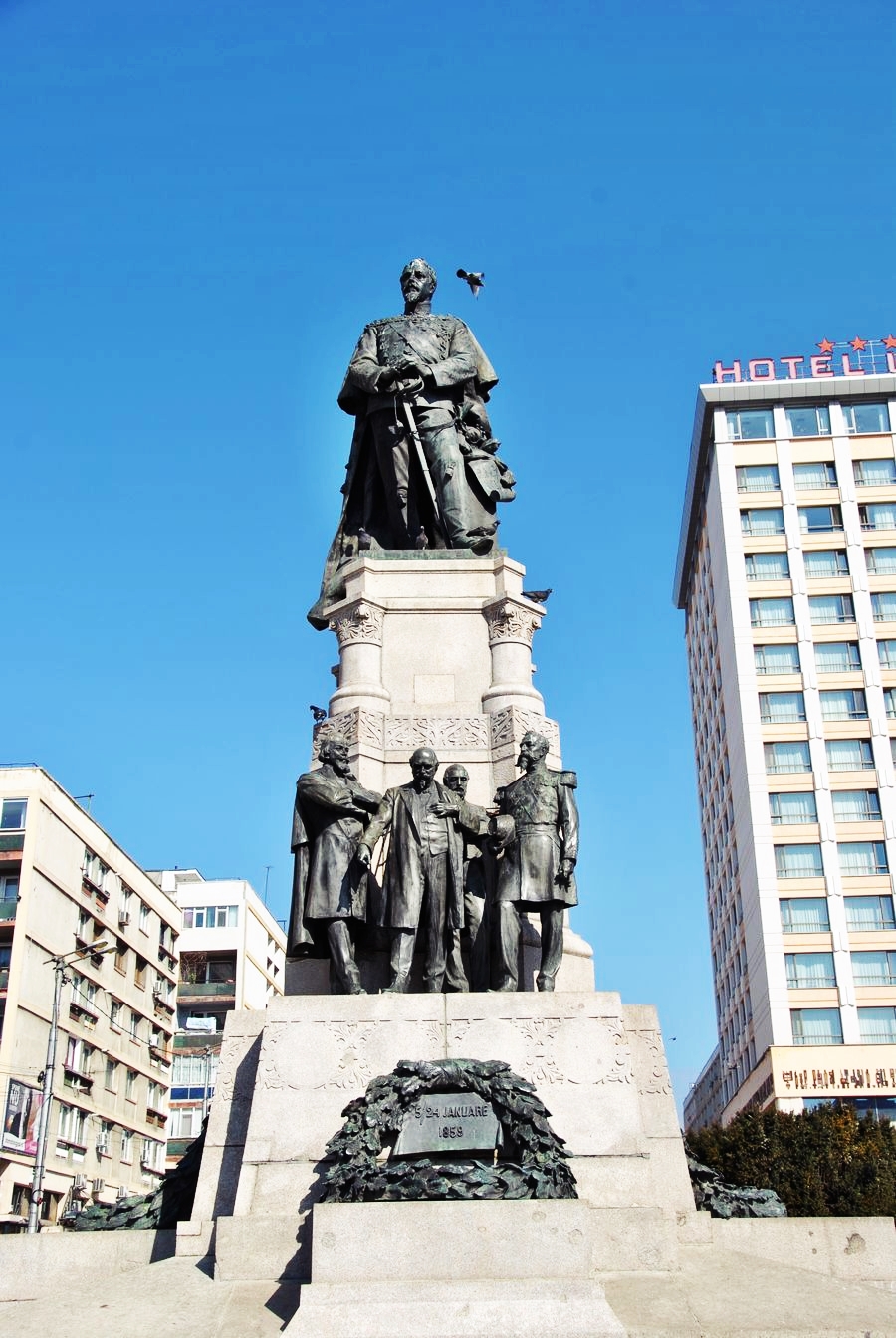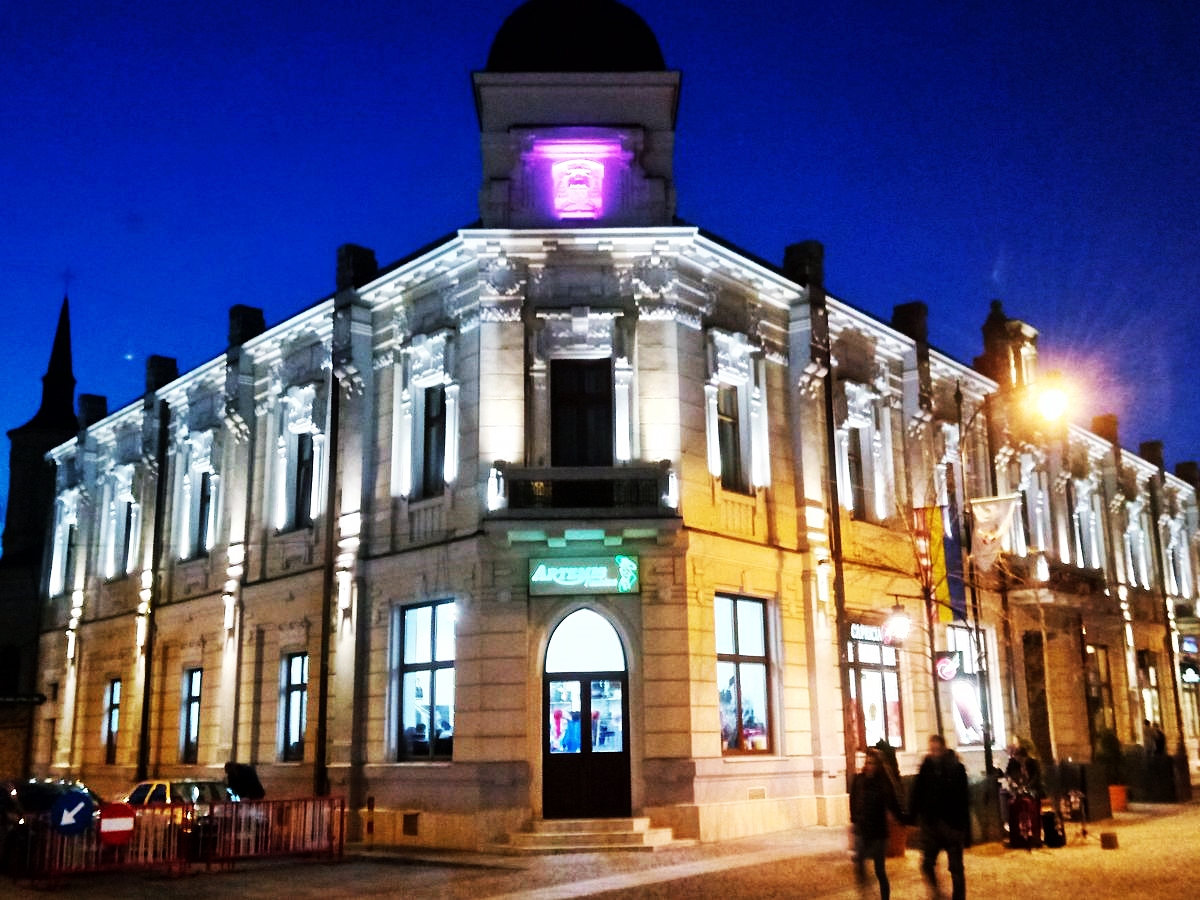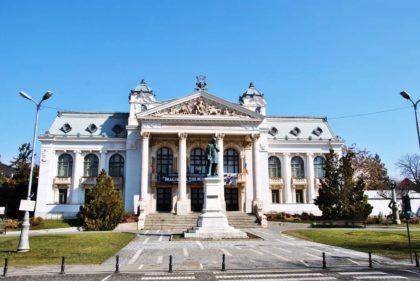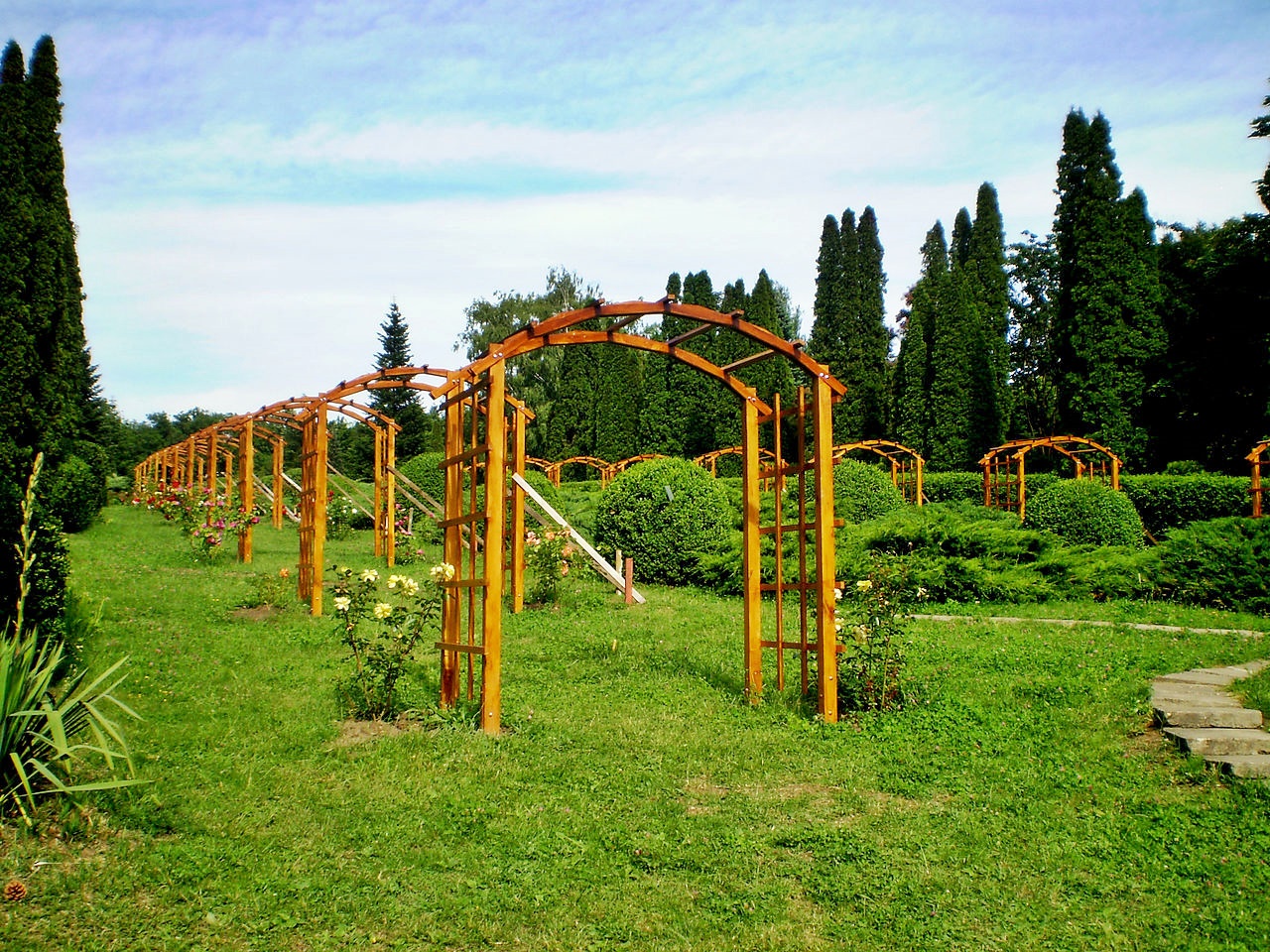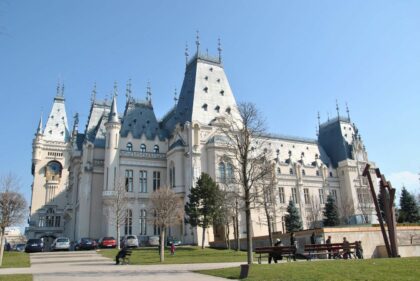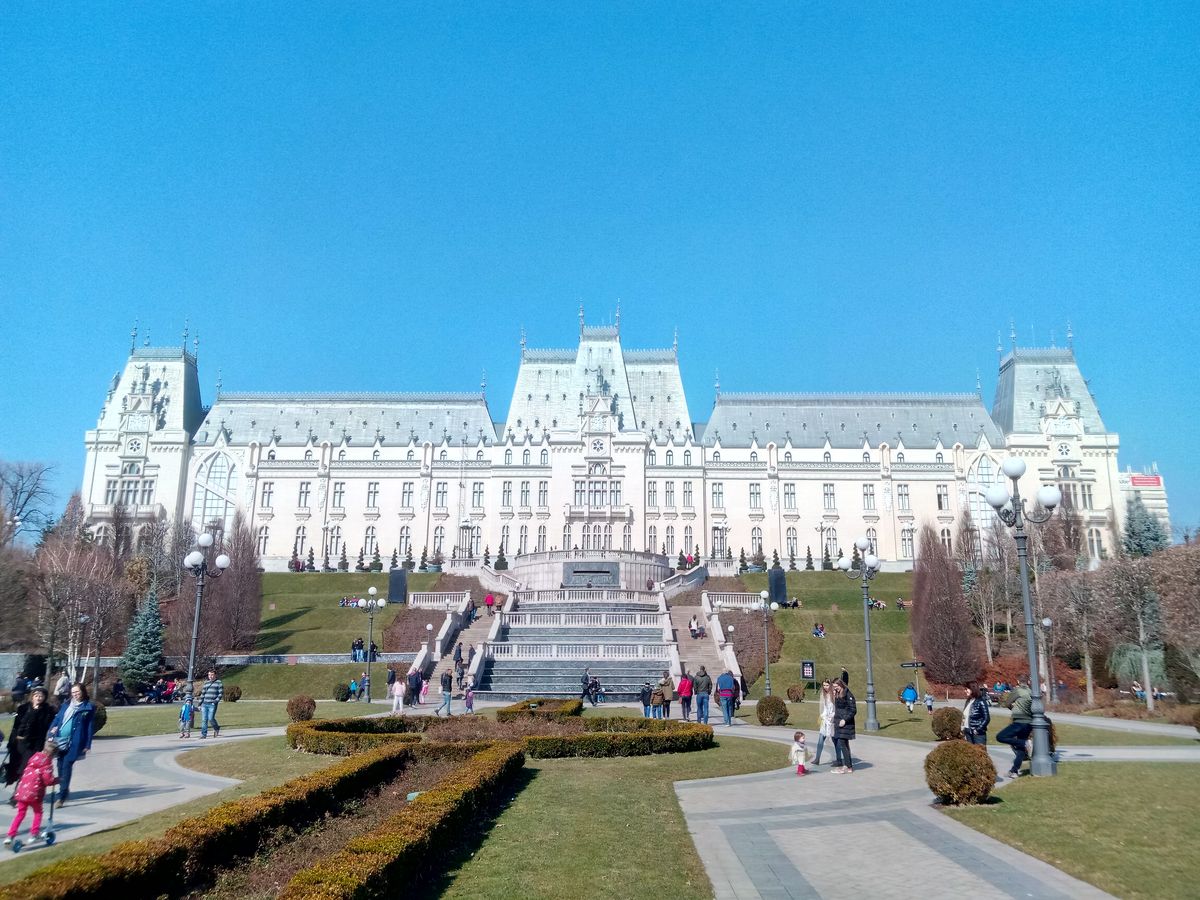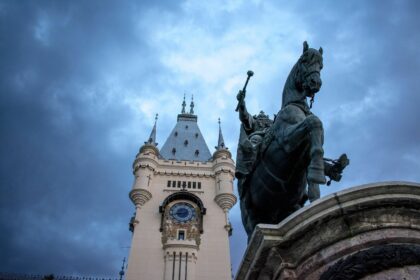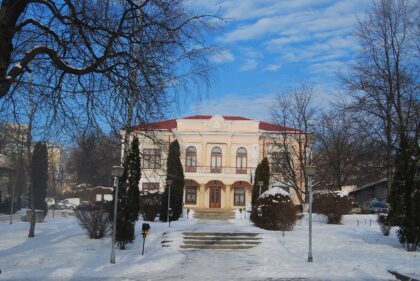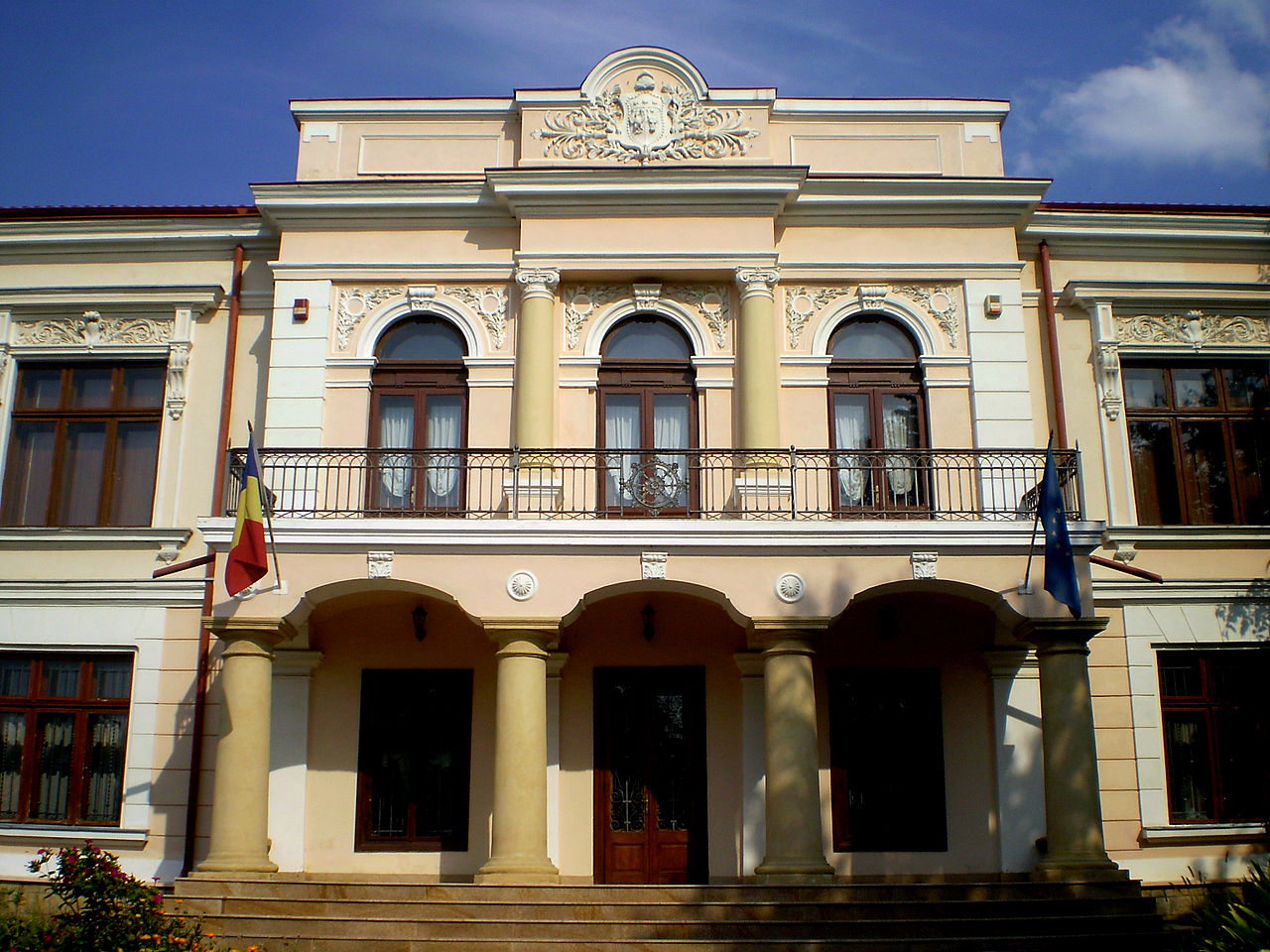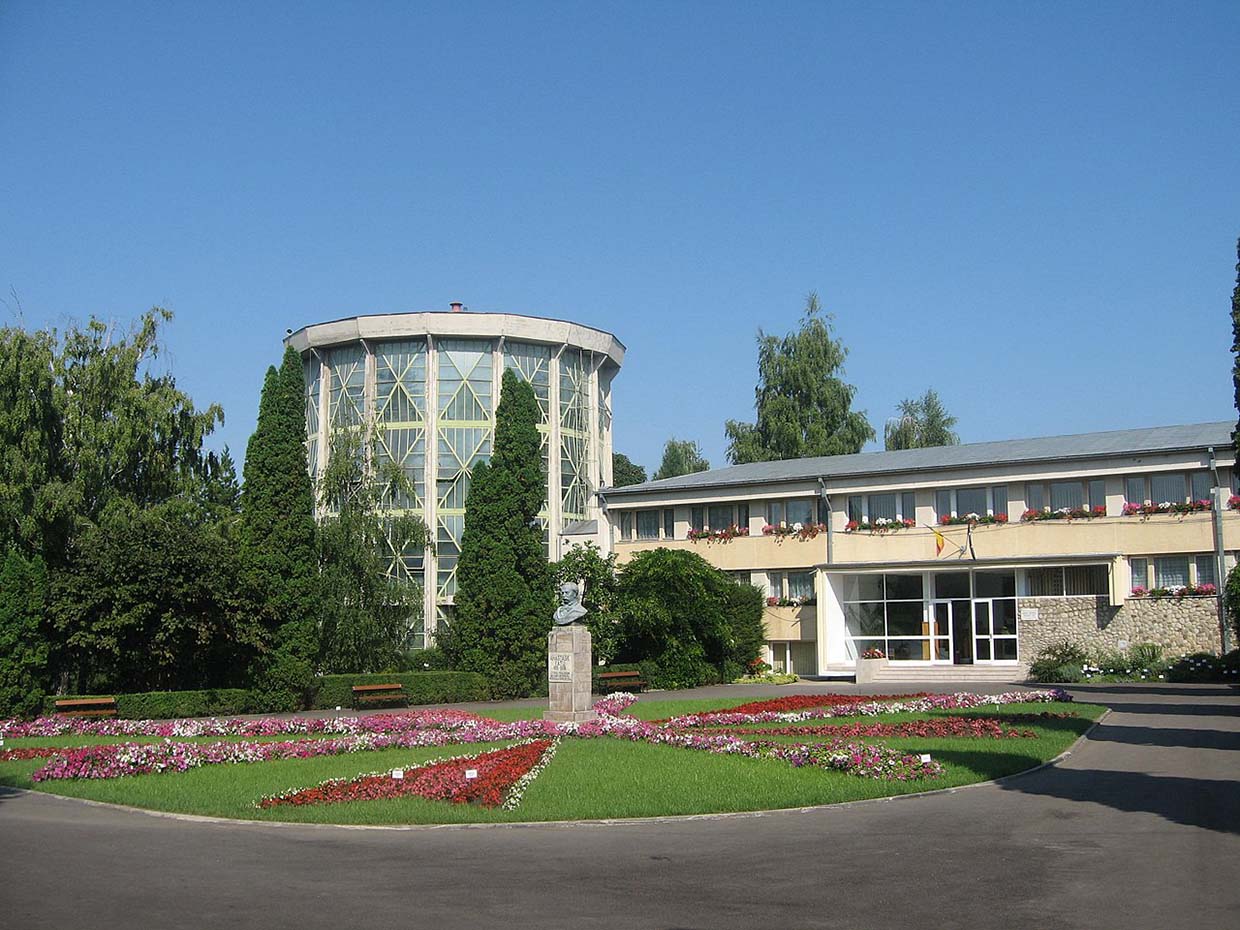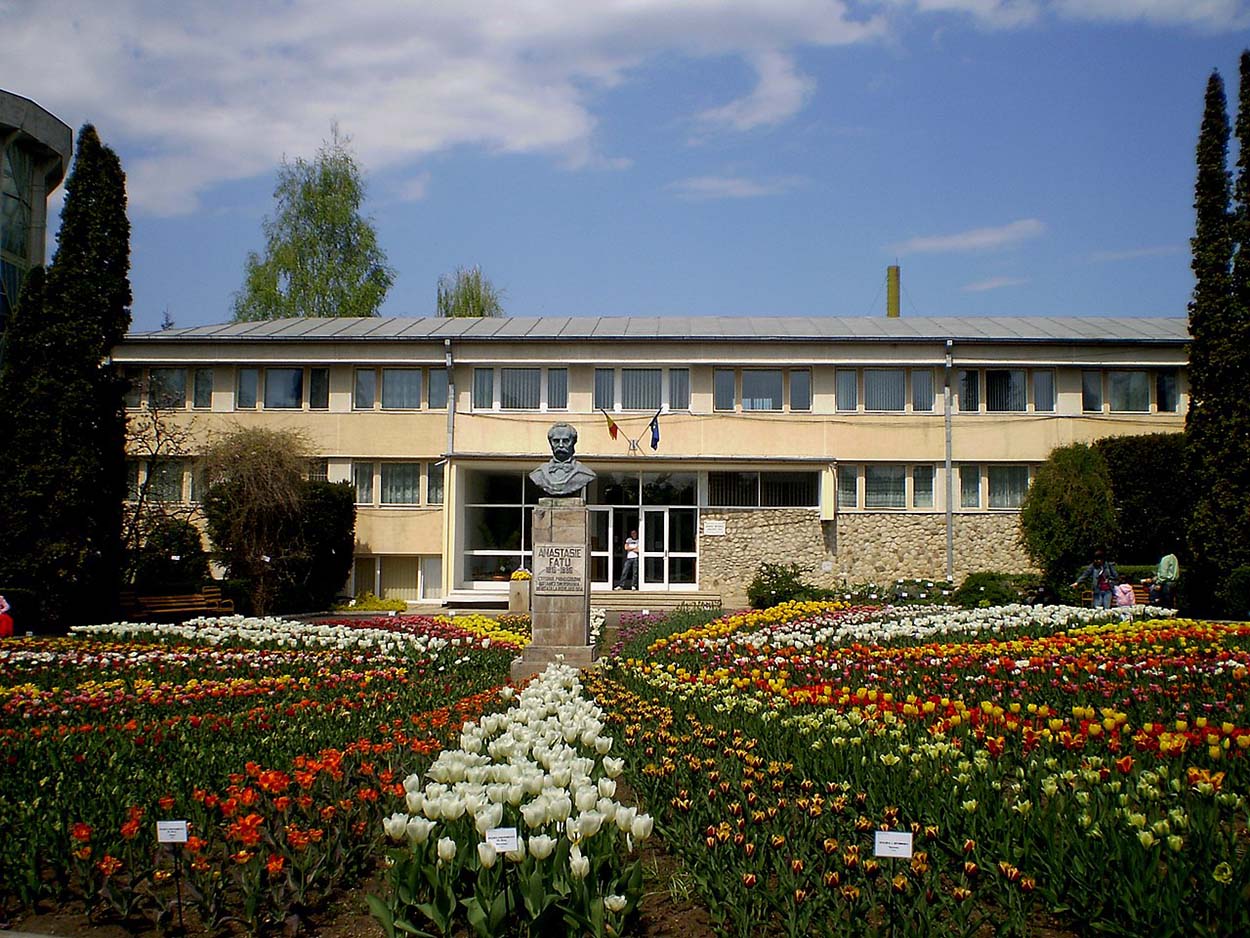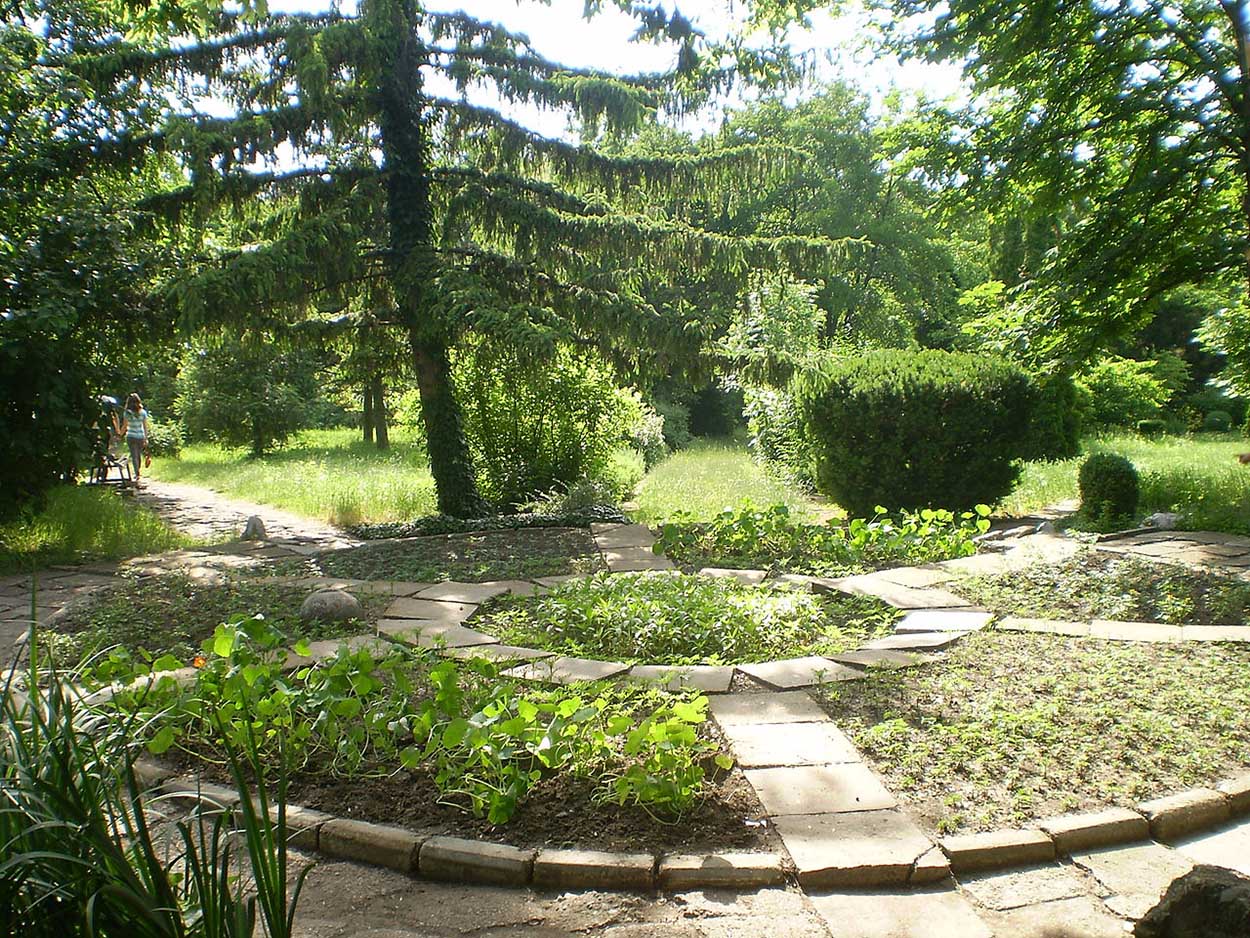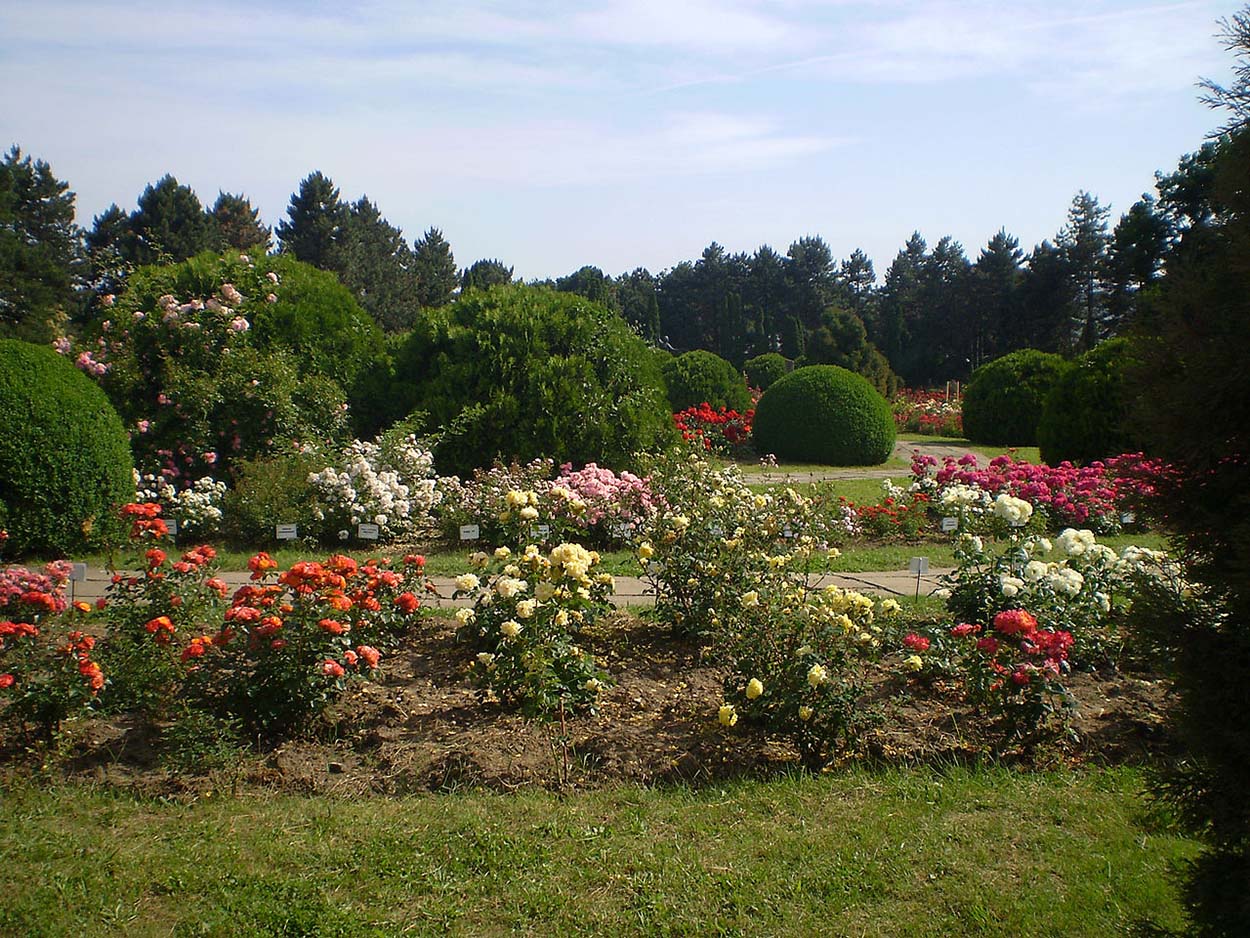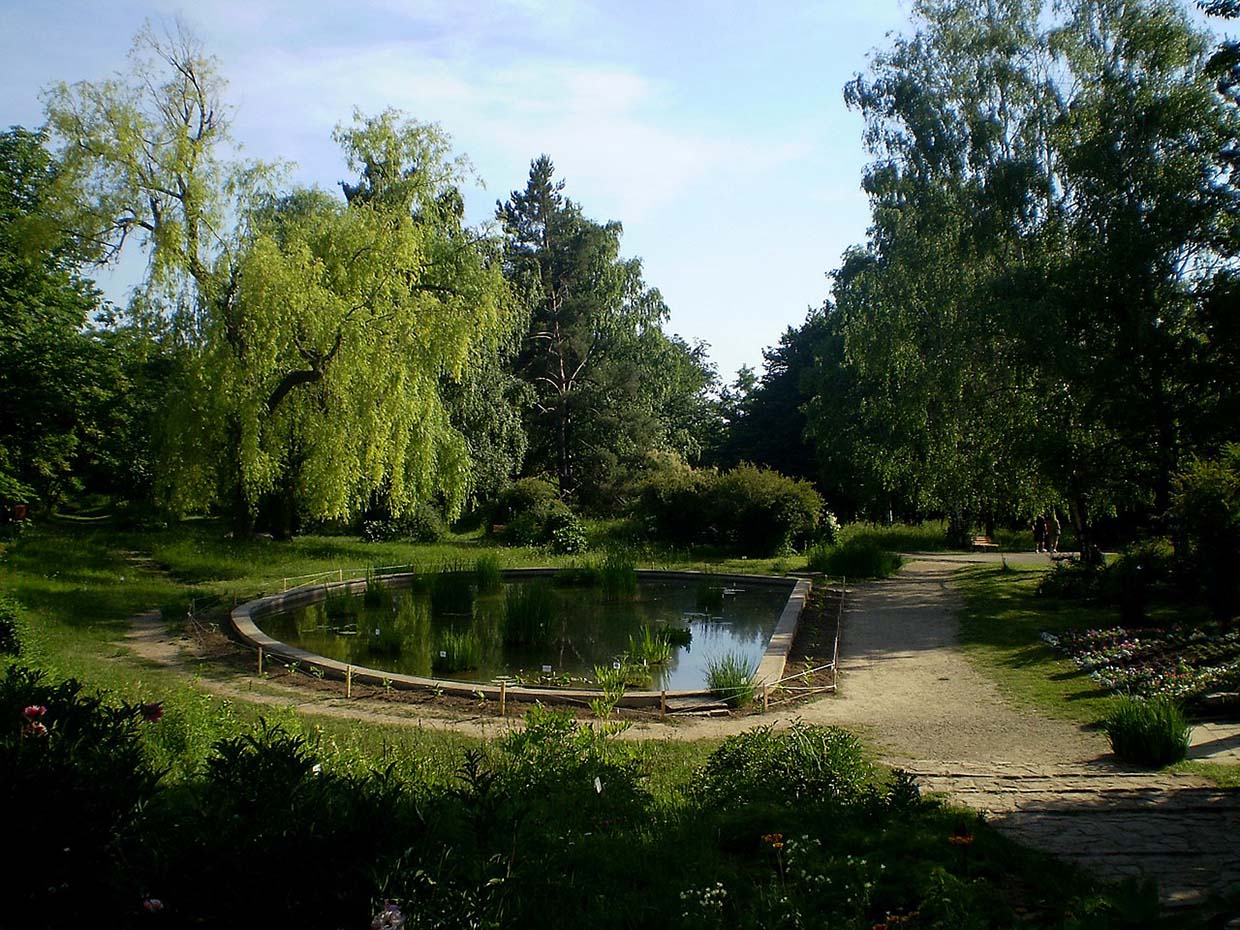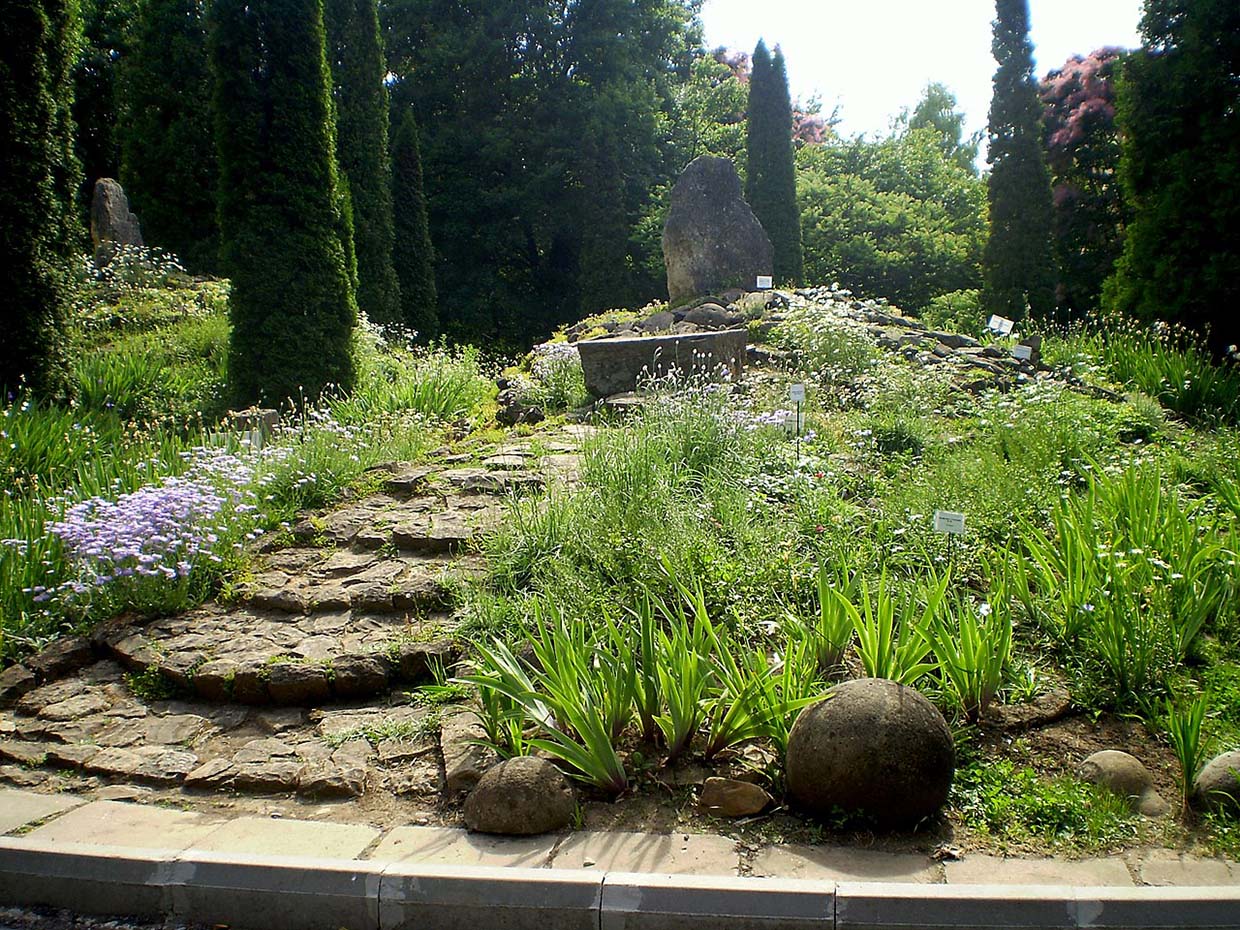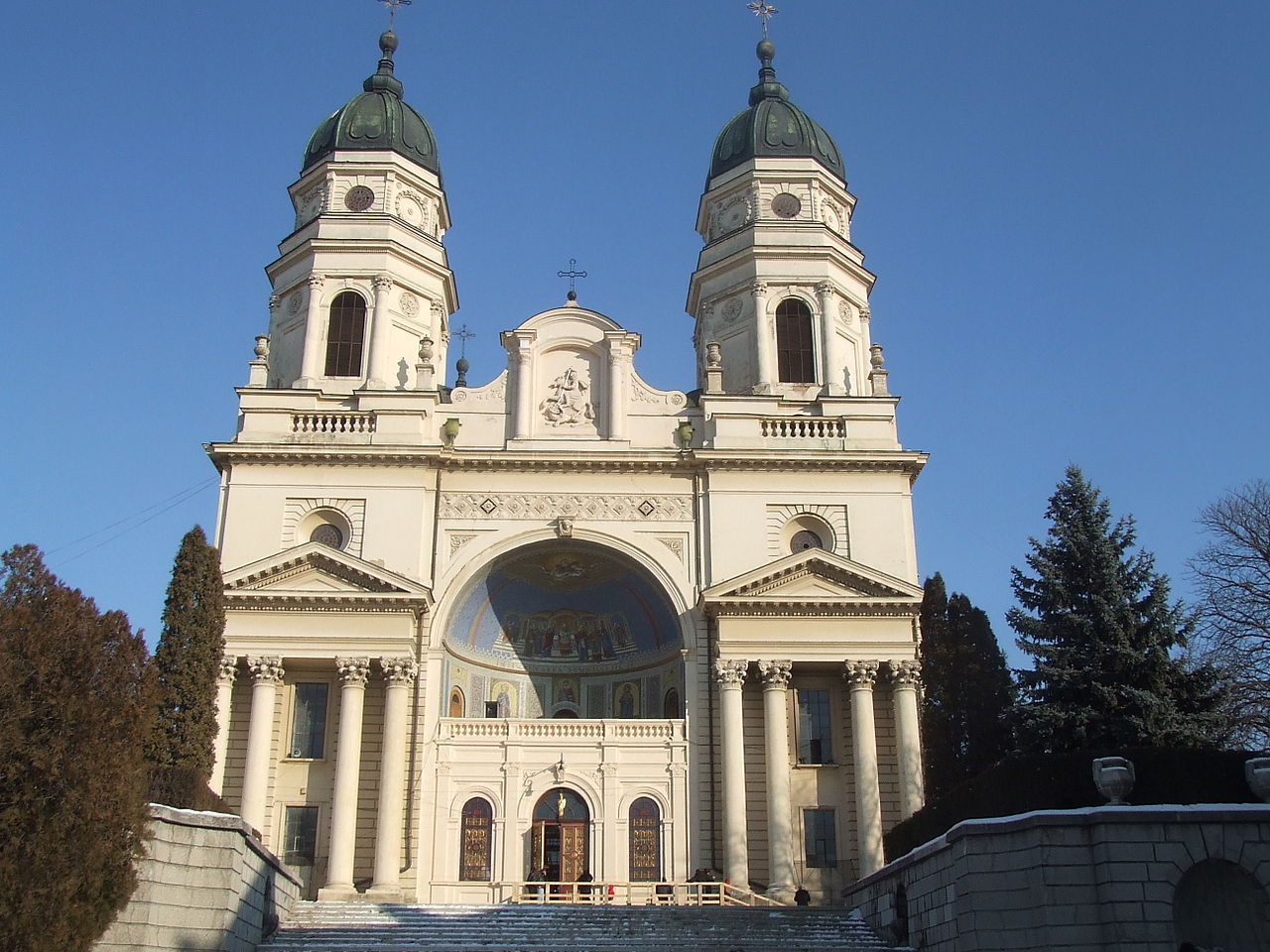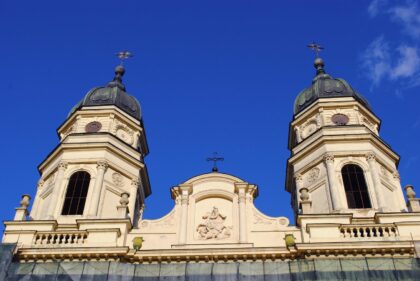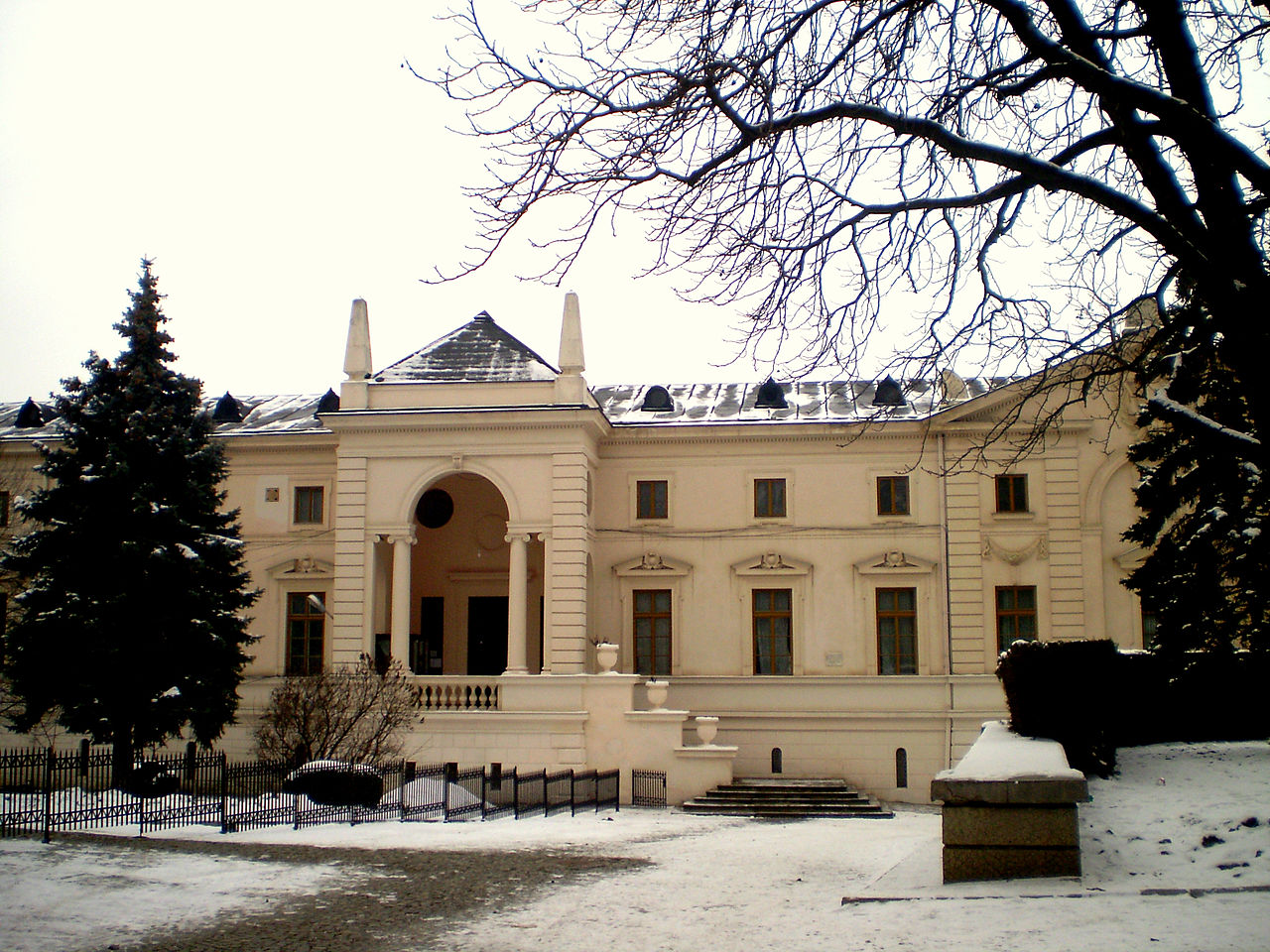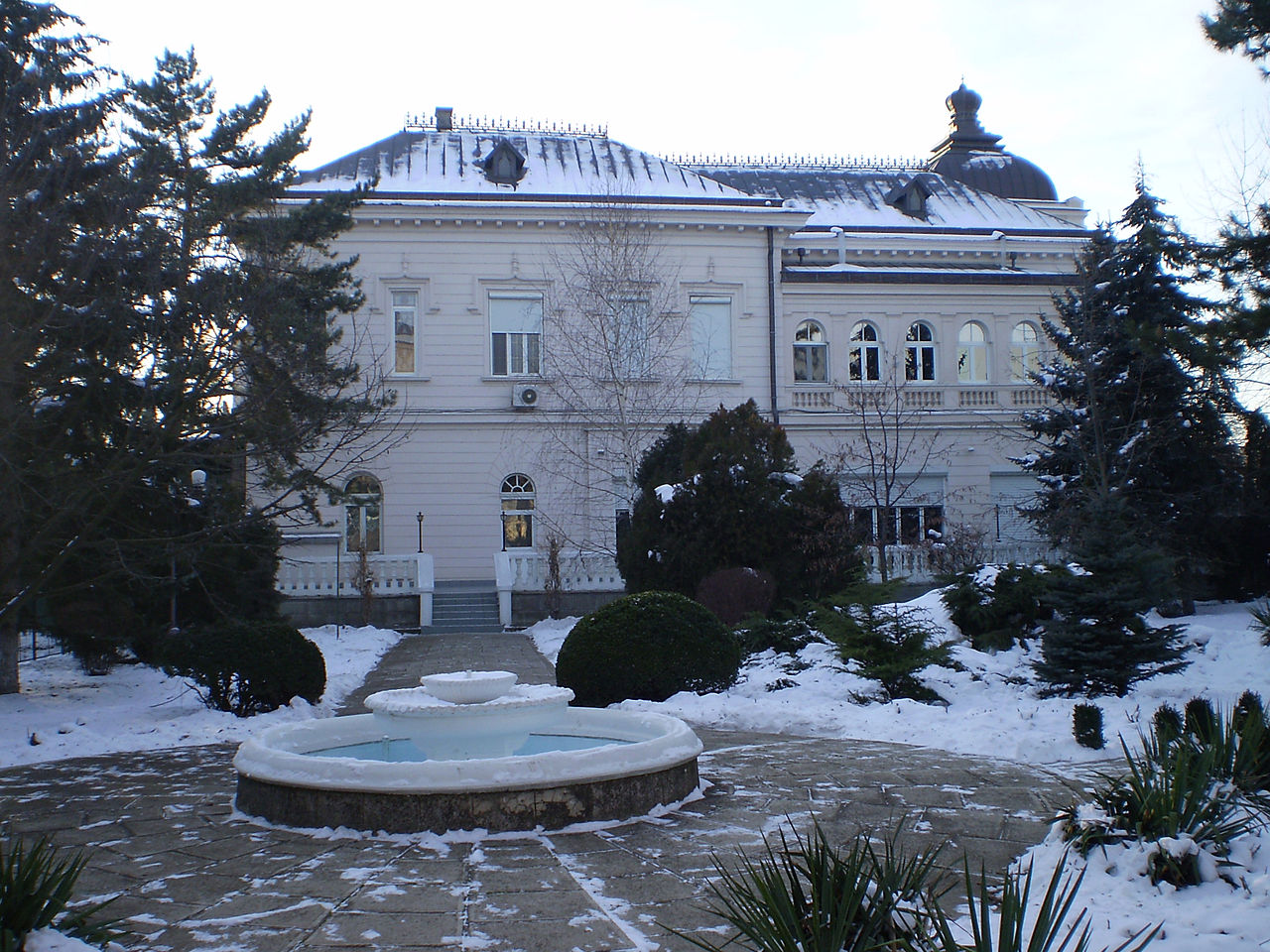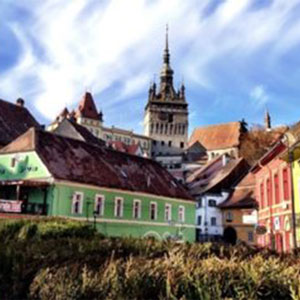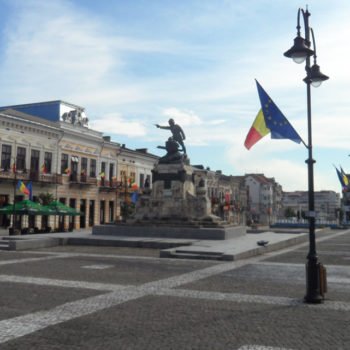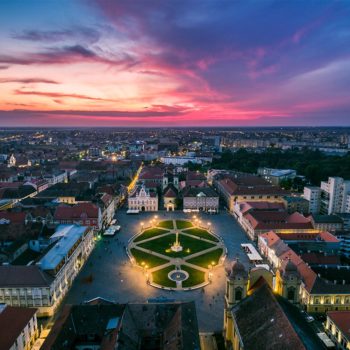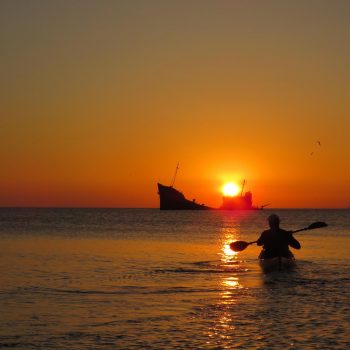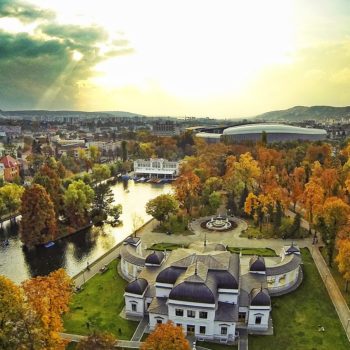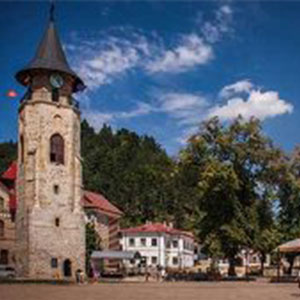Brief description: Iaşi, the former capital of Moldova, is known for its beauty and charm. Don’t miss an opportunity to come to Iași, where “every stone speaks of the past” and a large number of historical buildings, monasteries, museums and memorials. It can be said that the city of Iaşi is a real national museum because of the treasures of history and art.
County: Iași
Wikipedia: Iași
Website: Travel Iași
More information – Historical Attractions
Iaşi is the capital of the county of the same name, Moldavia, Romania. This city was the capital of Moldova between 1564-1859, one of the two capitals of the United Principates between 1859-1862 and the capital of the Kingdom of Romania between 1916-1918. According to the 2011 census, the city of Iaşi had a population of 290,422 and it was the fourth largest city in Romania and according to Eurostat, with a population of 465,477 inhabitants (in 2014), it is the second largest urban area in Romania (after Bucharest ).
Iași was a village that developed in the past, during the VII-X. Century ines was a small market with rectangular houses, and with the arrival of the Jász (Alani) tribes in the XIII. century has grown. The Jász market was eventually occupied by the Pechenegs, Cumans, Alans and Tatars.
The city of Iaşi was first mentioned in a commercial document issued in 1408 by the Prince of Moldavia Alexandru cel Bun. Because there were older buildings at that time (for example, the alleged Armenian church built in 1395), it is believed that the city is much older, at least a few decades before that date. This has also been proved by the walls of the Princely Court.
In 1564 Prince Alexandru Lăpuşneanu moved the capital of Moldova from Suceava to Iași. The change of status from a simple market to a princely court in the XV. Century and then in the capital in the XVI, century led to a strong development of the city, attracting craftsmen, merchants, most of them foreigners. A Catholic missionary, Remond, found Armenians, Hungarians, Poles, but also French and Venetians in Iaşi in 1636. A period of intense economic, commercial and cultural prosperity will be experienced in the XVII. Century, recorded during the reign of Vasile Lupu. In 1640 Vasile Lupu founded the first Romanian language school and a printing press in the Church of the Three Hierarchs. In 1643 the first printed book in Moldova was published in Iaşi.
The city was burned several times by the Tatars in 1513, by the Turks in 1538, by the Kasaks in 1650 and by the Poles in 1686. One of the most dramatic moments of the city was its destruction in 1650, when the Kazaks and Tatars invaded Moldavia in response to Vasile Lupu’s refusal to allow his daughter Timuș Hmelnitchi to marry. After the robbery and fire of 1650 the city goes through another great fire danger from the Poles in 1686. In 1734 the city was hit by an outbreak of plague.
In the years 1565 – 1859 the city was the capital of Moldova, then, between the years 1859 and 1862, Iaşi and Bucharest became the de facto capitals of the United Principalities of Wallachia and Moldavia. In 1862, when the union of the two principalities was finally completed under the name of Romania, the country’s capital was set in Bucharest. At the end of the 19th At the beginning of the 19th century, the city was the residence of Iaşi County and had a population of 59,427 inhabitants [19]. During World War I, for two years, the Romanian authorities and the royal family fled to Iaşi. The city at that time became the capital of unoccupied Romania after Bucharest fell into the hands of the Central Powers on December 6, 1916. The administration and the royal family moved back to Bucharest in November 1918.
The Second World War was a black period in the history of the people of Iaşi. Five days after Romania’s entry into the war, Antonescu, with the support of the local public authorities, started the Iaşi pogrom in the period 27-29 April. June 1941 against Romanian citizens of Jewish origin. According to the Romanian authorities, 13,266 Jews were killed in the three days of the pogrom and the victims of the “death trains”. This pogrom was one of the worst events of its kind in the world. The two general graves of the victims of the pogrom in the Jewish cemetery in the city are an eternal testimony to this massacre.
In May 1944, the city was the scene of heavy fighting between the Romanian-German armies and the Red Army, and much of the city’s historical neighborhoods were destroyed. On August 21, 1944, the city of Iași was occupied by Soviet troops. In the post-war period, the city continued to develop and new residential areas and industrial enterprises were built and it continued to be an important university center.
Sightseeing features
The Palace of Culture
The beautiful building represents an expression of late-century Romanticism and a touch of Neo-Gothic by architect I.D. Berindei. The inauguration took place in 1926 in the presence of the King of Romania, Ferdinand Hohenzoller. On June 5th, 1883, the city of Iaşi celebrated the unveiling of the statue of Štefan the Great and the main street of the city was filled with people, flags and fanfares. Since then, the statue of Ştefan the Great, built in Paris based on the drawings of Gheorghe Asachi, has been enthroned in front of the palace. In the same year, King Carol I donated two Krupp towers and a few trophies from the War for Independence to the palace. The watchtower next to the palace is a relic of the princely court and in the central tower there is a clock with a chime. It consists of a series of eight bells that play “Hora Unirii” (English Dance of Unity) every hour. The large and famous location of the salons along with the paintings decorating the palace continue to impress every tourist who comes here today. in the XVII. For centuries the palace’s luxury and label sometimes rivaled and sometimes surpassed that of Constantinople.
In 1955, the People’s Council venerated the seat of the palace, which would bring the new name: The Palace of Culture. The palace was designed by Al. Moruzzi was built between 1806-1812 and restored by Mihai Sturza between 1841-1843, and today it is the seat of the national museum complex “Moldova”. The current building has almost nothing in common with the old palace, wanting to recreate the forms of the old municipal palaces, always with a monumental tower in the neo-Gothic style of the architects. Under the silhouette of the city, the Palace of Culture stands out for a magistral monumentality, admirably appreciated by the surrounding space, which allows the building to freely carve out its contours on the background of the hills of the hesitating bucium (wind instrument).
The bronze statue of Ştefan cer Grosse happily completes the frame, evoking history through monuments of heroism and dramatic suspense.
The Vasile Pogor Memorial House
Of the private dwellings that, in the second half of the XIX. Century were built, more representative and well preserved is the building known as “Casa Pogor”. In its architecture one can notice the persistence of neoclassical forms. It is located right in the heart of Iaşi, before the start of the climb towards Eminescu’s linden tree on Copou Hill, among towering trees and surrounded by sights with historical resonance, such as the wall of Voda Lapușneanu’s private courtyard – here you can see the Admire the view of the house of the June mister Vasile Pogor. In addition to the value of this memorial built between 1855-1858, it is also worth noting that it is one of the first private houses in Iaşi to introduce electric lighting, hence the name “House with Illuminated Windows”.
The main entrance of the building is characterized by a long platform, under a peristyle with four Tuscan columns, above which there are two Ionic semi-columns on the first floor with balcony. An elegant frontispiece decorated with phytomorphic ornamental motifs in low relief crowns the main façade of the building. The date of construction is confirmed by a hexagonal stone found after restoration with the inscription in Cyrillic script: “Vasile Pogor 1850 and his wife Zoe.” It was converted into a museum, opened on December 26, 1972 and features a fortune of 20 000 pieces from the era of the great classics, Romanian and contemporary literature.
In the ten rooms we find objects that belonged to the well-known personalities of Iaşi: Eminescu’s gold watch, with his monogram, the gold ring with a ruby, a piece of furniture made by Mihail Kogalniceanu, a set for trips and correspondence by Costache Negri, the painting “Head of the Dacian” by G. Asachi and the piano by Duiliu Zamfirescu. The rooms are furnished with 19th century upholstery. Decorated in the 19th century, which came from Vienna. There is also the “Steinway” piano and a crystal mirror, all of which have I.L. belongs to Caragiale. Nichita Stănescu wrote in the museum’s book of honor about the Vasile Pogor house as “the place where Miorița became the ancient meters ode.” With their neoclassical architecture, all these boyar houses in the Copou area still keep the quaint urban mood of yesteryear untouched.
Iaşi Botanical Garden
With an area of 105 hectares, the botanical garden shines with the countless plant species that can be found here, divided into 12 sections. The systematic sector includes species under threat or rare species. A Moldavian-style fountain, a pool with aquatic plants and busts of the three former executives join the systematic sector.
The section “Romanian flora and fauna” presents the altitudinal zones of vegetation found in Romania. Small-scale artificial lakes represent the beautiful Danube Delta, with white water lilies, reeds, rushes and sand sedges. The ornamental sector includes 2200 taxons with unique, ornamental, grassy and woody plants. In this sector, snowdrops, violets, yellow spring crocuses, sweet violets, peonies and gladioli bloom in spring and in autumn there is an original exhibition of chrysanthemums planted in the form of a waterfall, pyramid, tree and bush.
In the “dendrological” area we can find two mineral springs: spring number 3, “Amphitheatre”, spring number 5, “Ruins”, as well as a tree nursery, collections of lilac, poplar, acacia and oak. “The Flora of the World” is famous worldwide with plants from South, North America, Africa, Asia, Mediterranean regions, Siberia and Central Europe. The complex of greenhouses consists of 12 greenhouses with their specificity: Mediterranean, tropical, subtropical plants (collections of cacti), ornamental plants (azaleas 36 varieties, chrysanthemums, 469 varieties), In the Rosary sector we find 800 varieties of cricket roses, which is a unique exhibition represent in Iaşi.
The leisure sector offers views over the vineyards “Vineyard Copou”, the orchards of the Agronomic University, in the direction of the church and the lake. In February there is an exhibition of azaleas, spring brings in Iaşi an exhibition of roses and in October when the chestnut leaves fall there is an exhibition of chrysanthemums called “autumn flowers”.
The Natural History Museum
The former house of Logofăt Vasile Rosetti has housed since 1844 the Natural History Museum, built on the initiative of some members of the Society of Doctors and Naturalists in Iaşi, directed by Iacob Cihac, Gheorghe Asachi, to present the earthly and subterranean riches of Moldova, as well as the curiosities from other regions of the imagine world. This building has a square plan with three avant-corps: two lateral symmetrical ones and one on the main facade. The side avant-corps describe in the facades the place where the two salons of unequal length are.
The main entrances, connected at the ends, develop along the building’s axis and are illuminated through their narrow, narrow sides. In the middle of the main facade of the museum lies the entrance, finished like a portico in Resalit. since 1841 the first company of doctors using natural medicines operated in this place and then the first museum of natural history in the country.
This architectural monument also commemorates a monument from before unification. In the “Elephant’s room” in this building, on the evening of January 3, 1859, the deputies of the national party decided to accept the candidacy of Al.I. To assist Cuza in the rule of Moldova. In relation to this great event, the hall “Al.I. Called Cuza” and in the two windows there are a number of objects left by the Lord of the Union.
In the museum there are also items from the 19th century. Century, donated by Metropolitan Veniamin Costache, as well as a collection of mammoth and hairy rhinoceros bones found in a well in Râșca, Fălticeni region where they were hung as a counterweight.
The Indian elephant Gaba, bought by Mihai Sturza, is also added to the collection. A herbarium from this period also comes from a collection of 2844 plants from Moldova, 3000 molluscs and insects, 1500 minerals and 795 vertebrates. The museum plays a particularly important didactic role, which actively contributes to the implementation of the biological and scientific educational process. The basis of the study is backed by the scientific collections, library and laboratories within the building.
The Metropolitan Cathedral
The Cathedral was built on the site of the Stratenia Church and founded by Gheorghe Duca’s wife, Nastasia. After the ruler left the throne, it was abandoned for 4 decades. Its restoration begins on July 3, 1833 at the instigation of Mitra, because the covering and great vault in the middle of the building collapsed and looked like “a table with its feet above” or as “a building with four hats” remained. The technical implementation was done by the “architect” Iohan Freywald in Vienna, later helped by his son Gustav Freywald.
The paintings were made by the famous painter Gh. Tătăraşcu and the architectural style follows the forms of the Italian late Renaissance, similar to a large extent with the famous church “Trinita del Monte” in Rome. The paintings signify movement, life, monumentality, with warm colors. The founder wanted the church to be both spacious and stately, so the interior was carried out according to the architectural canon, without losing any attention to the Stratenia church, whose earlier existence is confirmed on a slab in the new church. The great cathedrals of Europe were also taken into account. When fully built and covered, it was covered in 1839 to prevent cracking. To avoid the catastrophe, the architect Singurov from Iaşi suggested building a wooden vault instead of brick, which was also built in 1840.
But things went from bad to worse, Metropolitan Veniamin Costache resigned from his position and on May 23, 1857 the accident happened, during which the dome collapsed and the cracks of the interior also ruptured. Ruined, with the four towers that remained alone, it remained abandoned until 1880 when Metropolitan Iosif Naniescu laid the second foundation stone and the management of the works was entrusted to the architect Al. Orascu taken over. The east facade consists of six columns, placed on a high stone base. The panel at attic level depicts the scene of “Candle Fair” in low relief and the west facade is crowned with a tympanum in which the image of Saint George appears, framed by columns and a curved pediment. The ridge of the roof is decorated with zinc fleurons and stylized crosses, and the four towers add to the charm and monumentality of the building.


